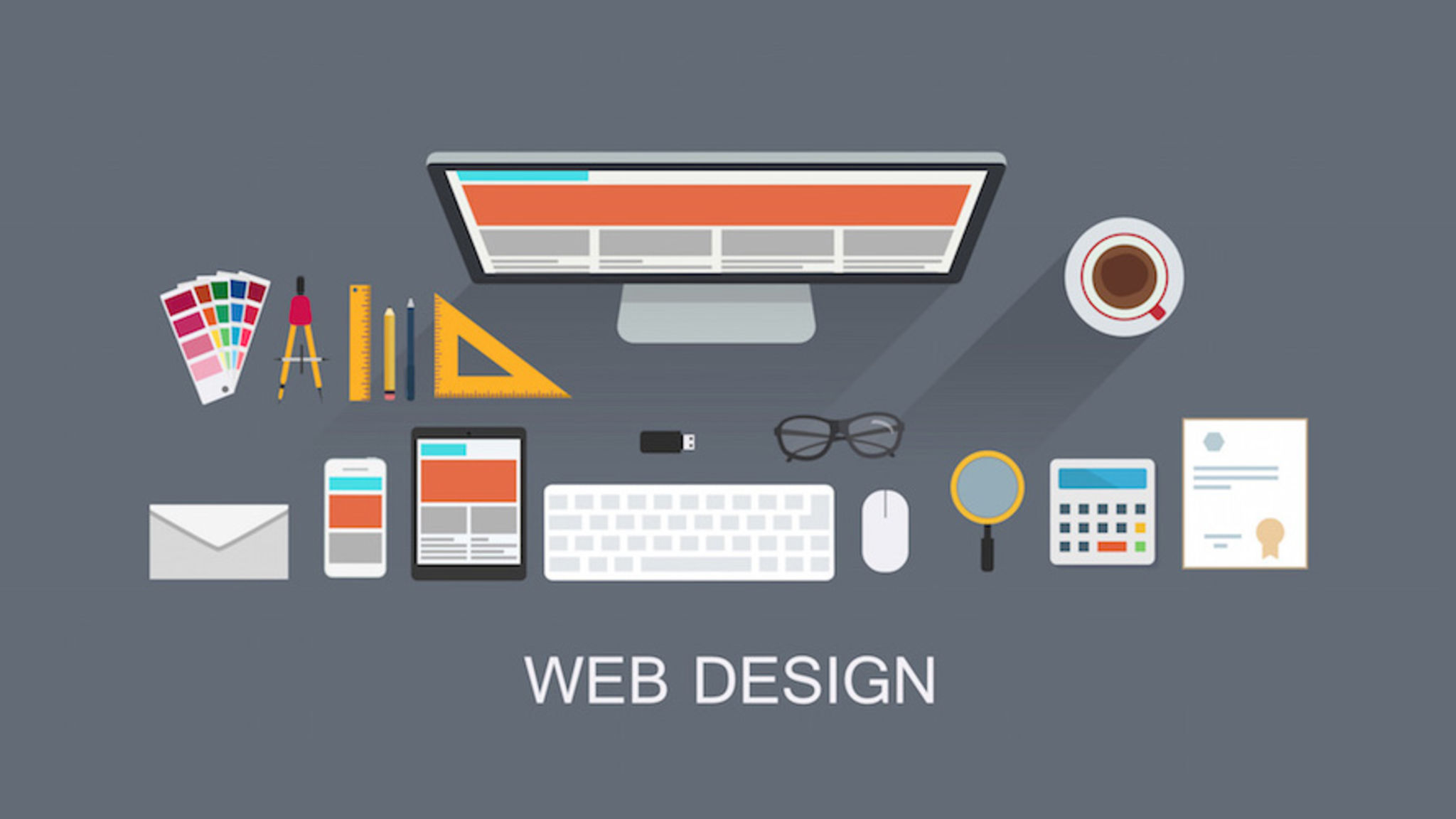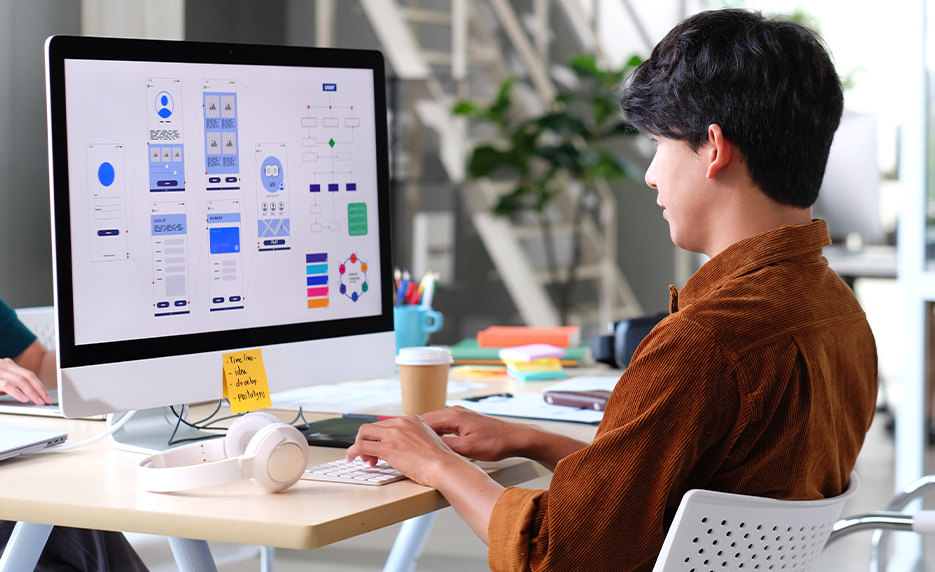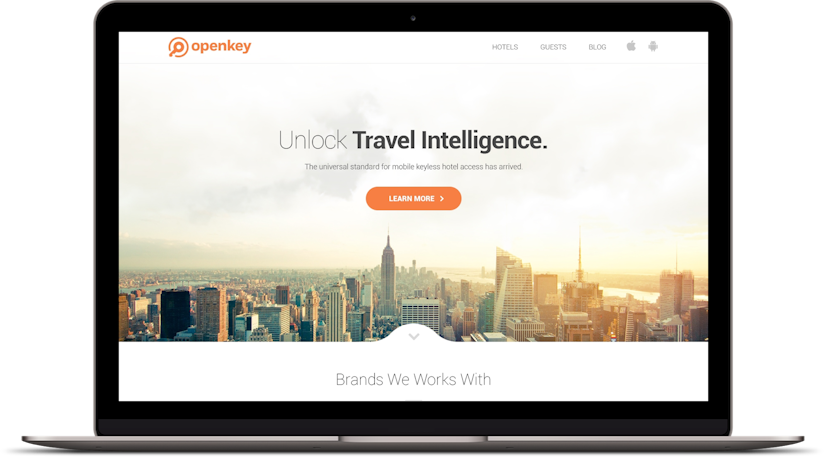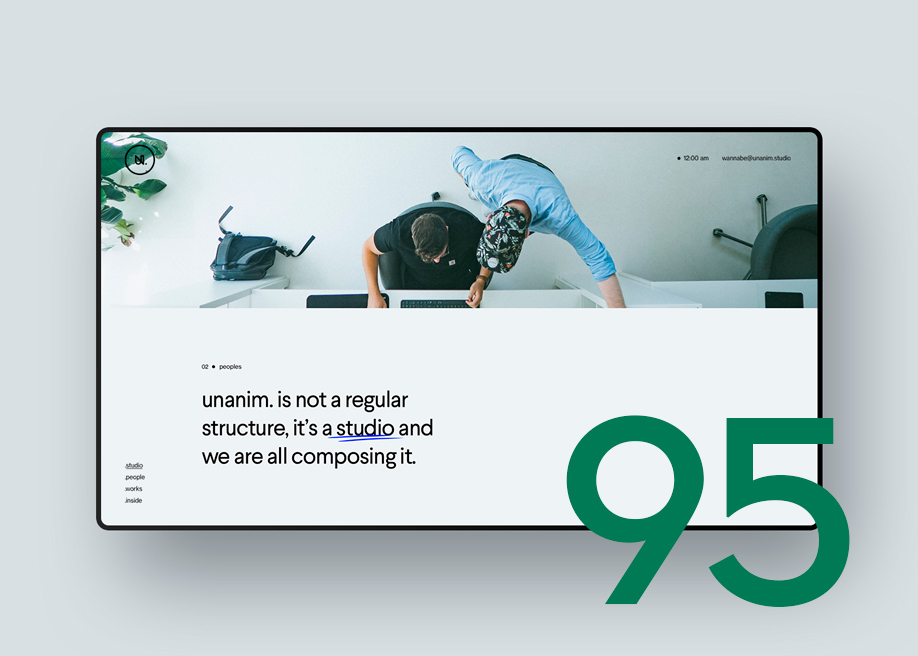All Categories
Featured
Table of Contents
- – Web Design - Wikipedia Tips and Tricks:
- – Top Web Design Courses Online - Updated [Apri...
- – Web Design Ledger: Homepage Tips and Tricks:
- – Web Designer News - The Best Curated News For...
- – Siteinspire - Web Design Inspiration Tips and...
- – Web Design Definition - Techterms Tips and Tr...
- – What Is Web Design, How To Do It Right And B...
- – Arch Web Design: Top-rated Web Design Agency...
- – Html Responsive Web Design - W3schools Tips ...
- – 10 Good Deeds In Web Design - Nielsen Norman...
- – 10 Principles Of Good Web Design - Smashing ...
Web Design - Wikipedia Tips and Tricks:
Quick summary Use and the energy, not the visual style, identify the success or failure of a site. Because the visitor of the page is the only individual who clicks the mouse and for that reason decides everything, user-centric style has actually developed as a basic method for effective and profit-oriented website design - web design frederick md.
and the utility, not the visual design, identify the success or failure of a site. Considering that the visitor of the page is the only individual who clicks the mouse and for that reason decides everything, user-centric style has become a basic method for effective and profit-oriented website design. After all, if users can't use a feature, it might also not exist.
g. where the search box should be put) as it has already been carried out in a variety of posts; instead we focus on the approaches which, used appropriately, can lead to more advanced design decisions and streamline the process of viewing provided info. Please notice that you might be interested in the usability-related short articles we have actually released prior to: Concepts Of Great Site Design And Efficient Website Design Standards, In order to utilize the principles properly we first require to understand how users communicate with websites, how they think and what are the fundamental patterns of users' behavior.
Top Web Design Courses Online - Updated [April 2022] - Udemy Tips and Tricks:
Visitors look at each brand-new page, scan some of the text, and click on the first link that captures their interest or vaguely resembles the important things they're looking for. In reality, there are large parts of the page they don't even look at. Most users look for something intriguing (or helpful) and clickable; as soon as some promising candidates are discovered, users click.
If a page offers users with high-quality content, they want to compromise the material with ads and the style of the website. This is the reason why not-that-well-designed sites with premium material gain a lot of traffic over years. Material is more crucial than the design which supports it.

Users do not read, they scan. Notice how "hot" locations abrupt in the middle of sentences. This is normal for the scanning procedure. Really easy concept: If a site isn't able to fulfill users' expectations, then designer failed to get his task done properly and the company loses cash. The higher is the cognitive load and the less instinctive is the navigation, the more ready are users to leave the website and search for alternatives.
Web Design Ledger: Homepage Tips and Tricks:
Neither do they scan web page in a linear style, going sequentially from one site section to another one. Instead users satisfice; they choose the first affordable alternative. As quickly as they find a link that appears like it may lead to the goal, there is an extremely great opportunity that it will be instantly clicked.
It doesn't matter to us if we understand how things work, as long as we can utilize them. If your audience is going to imitate you're developing signboard, then design terrific signboards." Users wish to have the ability to control their browser and rely on the constant data presentation throughout the website.
If the navigation and website architecture aren't instinctive, the variety of enigma grows and makes it harder for users to understand how the system works and how to obtain from point A to point B. A clear structure, moderate visual ideas and easily identifiable links can assist users to find their path to their aim.
Web Designer News - The Best Curated News For Designers Tips and Tricks:

claims to be "beyond channels, beyond items, beyond circulation". What does it mean? Because users tend to check out sites according to the "F"-pattern, these 3 statements would be the very first components users will see on the page once it is filled. Although the style itself is easy and intuitive, to comprehend what the page has to do with the user requires to look for the answer.
When you've attained this, you can interact why the system works and how users can take advantage of it. People won't use your website if they can't discover their way around it. 2. Do Not Misuse Users' Perseverance, In every task when you are going to provide your visitors some service or tool, attempt to keep your user requirements minimal.
Novice visitors are willing to, not filling long web forms for an account they may never ever utilize in the future. Let users check out the site and discover your services without forcing them into sharing personal data. It's not affordable to require users to enter an e-mail address to evaluate the function.
Siteinspire - Web Design Inspiration Tips and Tricks:
And that's what you want your users to feel on your web website. The registration can be done in less than 30 seconds as the kind has horizontal orientation, the user doesn't even need to scroll the page.
A user registration alone is adequate of an impediment to user navigation to reduce inbound traffic. 3. Handle To Focus Users' Attention, As sites provide both static and vibrant material, some aspects of the user interface bring in attention more than others do. Undoubtedly, images are more eye-catching than the text simply as the sentences marked as strong are more attractive than plain text.
Focusing users' attention to specific areas of the site with a moderate usage of visual aspects can assist your visitors to obtain from point A to point B without thinking of how it really is expected to be done. The less question marks visitors have, the they have and the more trust they can develop towards the company the site represents.
Web Design Definition - Techterms Tips and Tricks:
Aim For Function Exposure, Modern web styles are generally slammed due to their approach of guiding users with visually appealing 1-2-3-done-steps, big buttons with visual effects and so on. From the style point of view these components in fact aren't a bad thing.
The site has 9 main navigation alternatives which are visible at the first look. The option of colors may be too light. is an essential principle of successful user interface style. It doesn't truly matter how this is achieved. What matters is that the content is well-understood and visitors feel comfortable with the way they interact with the system.
Rather a rate: just what visitors are looking for. An optimum option for reliable writing is touse brief and succinct expressions (come to the point as rapidly as possible), use scannable layout (classify the material, use multiple heading levels, use visual aspects and bulleted lists which break the flow of consistent text blocks), use plain and unbiased language (a promo does not need to sound like ad; give your users some reasonable and unbiased factor why they ought to use your service or stay on your website)6.
What Is Web Design, How To Do It Right And Best Skills - Rock ... Tips and Tricks:
Users are seldom on a site to take pleasure in the style; moreover, for the most part they are trying to find the details regardless of the style - web design frederick md. Pursue simplicity instead of complexity. From the visitors' perspective, the very best site style is a pure text, with no advertisements or further content obstructs matching precisely the question visitors used or the content they have actually been searching for.
Finch plainly presents the information about the site and provides visitors a choice of options without overcrowding them with unneeded material. Not only does it assist to for the visitors, however it makes it possible to perceive the information presented on the screen.
Complex structures are more difficult to check out, scan, examine and deal with. If you have the option in between separating 2 design sections by a noticeable line or by some whitespace, it's typically better to utilize the whitespace option. (Simon's Law): the much better you handle to supply users with a sense of visual hierarchy, the easier your material will be to view.
Arch Web Design: Top-rated Web Design Agency For Saas ... Tips and Tricks:
The same conventions and rules ought to be used to all elements.: do the most with the least quantity of cues and visual aspects. Clarity: all parts need to be developed so their meaning is not unclear.
Conventions Are Our Friends, Standard style of website components does not lead to a boring website. In reality, as they lower the learning curve, the requirement to figure out how things work. It would be an usability nightmare if all websites had different visual presentation of RSS-feeds. That's not that different from our regular life where we tend to get used to basic principles of how we arrange information (folders) or do shopping (positioning of items).
comprehend what they're anticipating from a site navigation, text structure, search positioning etc. A normal example from functionality sessions is to translate the page in Japanese (assuming your web users don't understand Japanese, e. g. with Babelfish) and provide your use testers with a task to discover something in the page of various language.
Html Responsive Web Design - W3schools Tips and Tricks:
Test Early, Test Frequently, This so-called TETO-principle needs to be used to every web design task as functionality tests frequently offer into substantial issues and problems related to a provided design. Test not too late, not too little and not for the incorrect factors.
Some crucial indicate bear in mind: according to Steve Krug, and screening one user early in the job is better than screening 50 near completion. Accoring to Boehm's first law, mistakes are most regular during requirements and design activities and are the more pricey the later on they are gotten rid of.
That means that you design something, test it, fix it and then evaluate it once again. There might be issues which have not been discovered during the first round as users were virtually obstructed by other issues.
10 Good Deeds In Web Design - Nielsen Norman Group Tips and Tricks:

This holds for designers as well. After you've dealt with a site for few weeks, you can't observe it from a fresh viewpoint anymore. You know how it is constructed and therefore you know exactly how it works you have the wisdom independent testers and visitors of your website would not have.
It can be linked to other locations such as graphic design, user experience, and multimedia arts, but is more appropriately seen from a technological perspective. It has actually become a big part of people's everyday lives. It is hard to imagine the Web without animated graphics, different designs of typography, background, videos and music.

During 1991 to 1993 the World Wide Web was born. Text-only pages could be seen using an easy line-mode browser. There had been no integrated method to graphic design aspects such as images or sounds.
10 Principles Of Good Web Design - Smashing Magazine Tips and Tricks:
The W3C was developed in October 1994 to "lead the Web to its complete potential by developing typical procedures that promote its evolution and guarantee its interoperability." This discouraged any one business from monopolizing a propriety web browser and shows language, which might have altered the impact of the World Wide Web as a whole.
As this has happened the technology of the web has actually also moved on. There have actually also been significant changes in the method individuals utilize and access the web, and this has altered how websites are created.
Learn more about Lovell Media Group LLC or TrainACETable of Contents
- – Web Design - Wikipedia Tips and Tricks:
- – Top Web Design Courses Online - Updated [Apri...
- – Web Design Ledger: Homepage Tips and Tricks:
- – Web Designer News - The Best Curated News For...
- – Siteinspire - Web Design Inspiration Tips and...
- – Web Design Definition - Techterms Tips and Tr...
- – What Is Web Design, How To Do It Right And B...
- – Arch Web Design: Top-rated Web Design Agency...
- – Html Responsive Web Design - W3schools Tips ...
- – 10 Good Deeds In Web Design - Nielsen Norman...
- – 10 Principles Of Good Web Design - Smashing ...
Latest Posts
Lifted Logic: Web Design In Kansas City - Seo - Website ... Tips and Tricks:
Custom Website Design And Marketing - Inmotion Hosting Tips and Tricks:
Web Design & Seo By Acs - Syracuse Web Design - Google ... Tips and Tricks:
More
Latest Posts
Lifted Logic: Web Design In Kansas City - Seo - Website ... Tips and Tricks:
Custom Website Design And Marketing - Inmotion Hosting Tips and Tricks:
Web Design & Seo By Acs - Syracuse Web Design - Google ... Tips and Tricks: